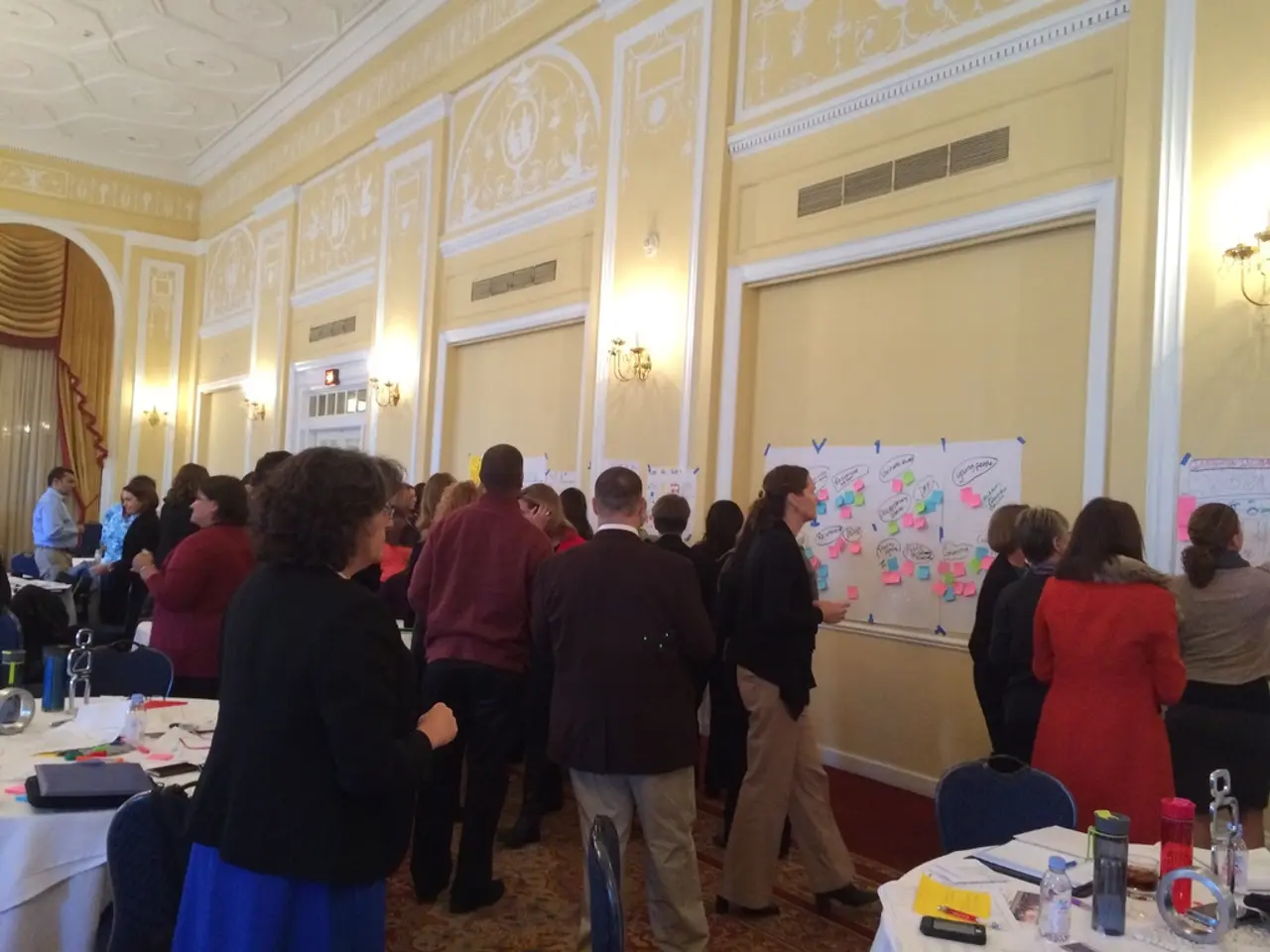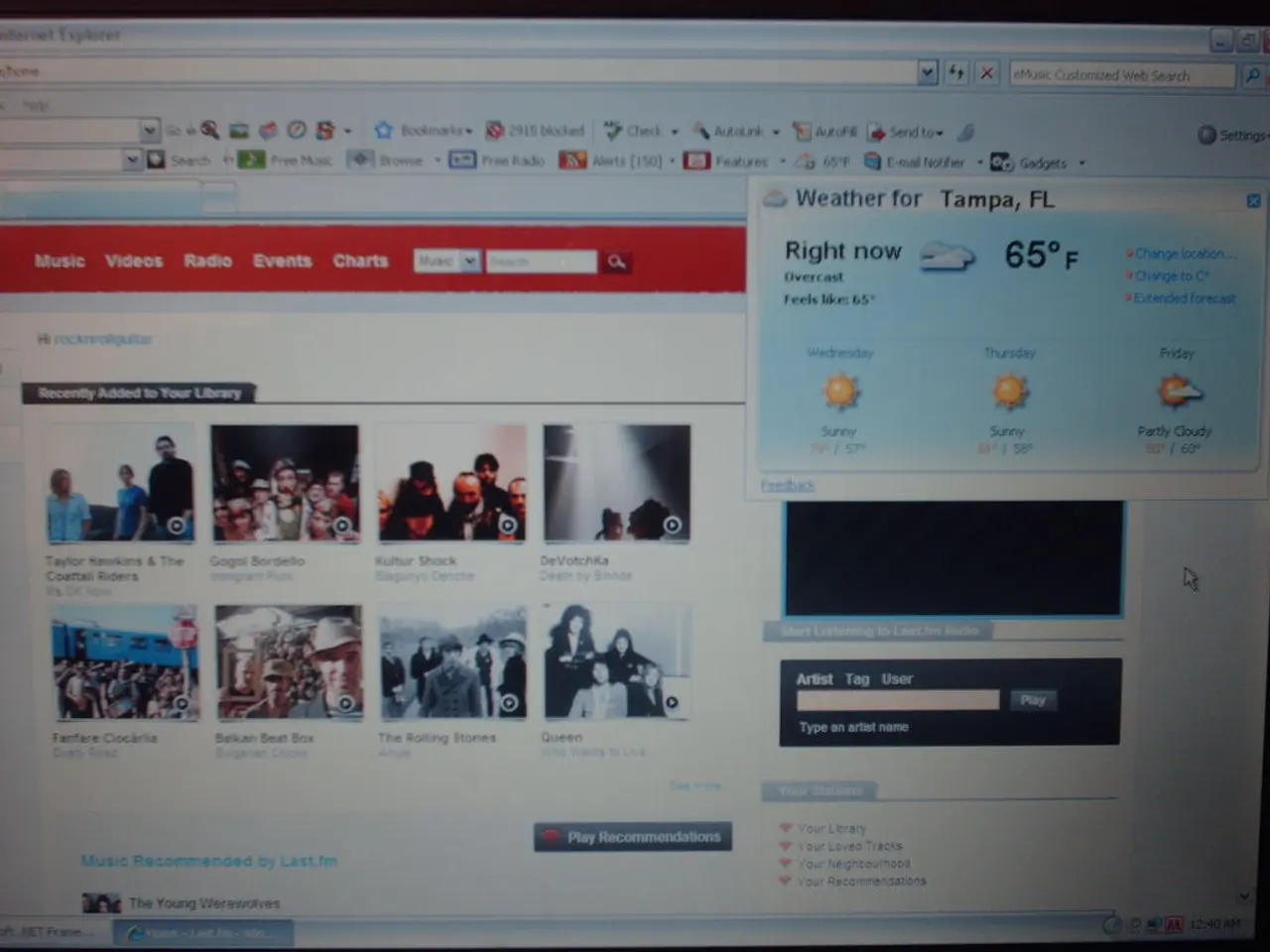Exploring heritage and technology: My journey to Shenzhen, a city that both amazes and delights in equal proportions
Shenzhen, a city in China, is a testament to rapid urban and economic development. Once a small, relatively poor town with a population of around 30,000, Shenzhen has transformed into a global tech and manufacturing powerhouse in just over four decades.
Historical Context
Before 1979, Shenzhen was primarily a customs checkpoint on the border with Hong Kong, with a landscape of rice fields and marshes. Its name, Shenzhen, meaning "deep drains," referred to irrigation channels in the farmland.
Key Milestone – Special Economic Zone (SEZ)
In 1980, Shenzhen was designated as China’s first Special Economic Zone (SEZ), marking a pioneering experiment in reform and opening up. This policy aimed to attract foreign investment, encourage manufacturing, and foster economic modernization through market-oriented reforms. This designation transformed farmlands into industrial corridors, driving Shenzhen’s rapid urbanization and industrial growth.
Rapid Economic Growth and Urbanization
Over the following four decades, Shenzhen’s population grew from tens of thousands to over 20 million people, and its per capita income increased by more than 130 times by 2024. The city’s infrastructure developed swiftly, featuring skyscrapers, modern public transit, and digital city management. Districts like Longgang became major manufacturing hubs for electronics, while Futian emerged as an administrative and commercial core. Nanshan district is known for tech campuses, public parks, and universities.
Modern Role as a Tech and Manufacturing Powerhouse
Shenzhen is often called the “Silicon Valley of China” due to the concentration of tech giants headquartered there, such as Huawei, Tencent, DJI, and BYD. These companies fuel both domestic innovation and global supply chains. The city hosts Huaqiangbei—the world’s largest electronics market—supporting extensive entrepreneurial and manufacturing activities in consumer electronics and components.
Shenzhen is leading in integrating technology into everyday life. Widespread mobile payments, electrified public transport (first major city globally to electrify its entire bus and taxi fleet), app-based bike and scooter sharing, and drone deliveries are common in the city.
Cultural and Environmental Development
Shenzhen’s rapid urban growth has been complemented by efforts to create a harmonious society and a beautiful, livable environment. The government’s drive for innovation, green technology, and smart city initiatives shows a commitment to sustainable development.
Exploring Shenzhen
The Shenzhen Science and Technology Museum, opened in May, stands as a sign of Shenzhen’s planned shift from manufacturing hub to tech powerhouse. Inside the museum, children can generate virtual energy by banging on taiko drums, robotic arms assemble coffee orders, and humanoid robots greet visitors.
The Shenzhen Museum in Futian District and the Splendid China Folk Culture Village preserve and celebrate the city’s heritage. The Splendid China Folk Culture Village, located about 18km from the city centre, is a sprawling 30-hectare site divided into more than 20 sections, each replicating ethnic villages of China’s officially recognised minority communities.
Muslim Hotel Restaurant, a TripAdvisor find, is a modest but enduring presence in Shenzhen’s city centre. It offers a homely and hearty meal that reflects the culinary heritage of China’s north-western Muslim communities, adapted to the tastes of the southern port city.
Huaqiangbei, a district in Shenzhen, is the world’s largest electronics market and a main reason for many entrepreneurs to visit Shenzhen.
A 25-minute taxi ride away from the city centre, Dafen Oil Painting Village is a creative hub with hundreds of tiny studios and galleries, where artists recreate everything from traditional Chinese landscapes to vibrant video game characters.
The approach into Shenzhen Bao'an International Airport reveals a city of planned zones, punctuated by green spaces and the deep blue waters of the South China Sea. Shenzhen Bao'an International Airport is understated and designed for functionality and logistics rather than spectacle. The Shenzhen Science and Technology Museum, designed by Zaha Hadid Architects, resembles a spacecraft and has an atrium that feels like an airport terminal.
In summary, Shenzhen’s history is one of transforming from a modest rural town into a highly urbanized, innovative, and globally connected city within just over 40 years, driven by its special economic status and continuous investment in technology and manufacturing infrastructure. Shenzhen offers a unique opportunity to experience a land in transformation.
- Shenzhen, previously a customs checkpoint on the border with Hong Kong, has transformed into a global tech and manufacturing powerhouse in Asia, having originated as rice fields and marshes.
- Established in 1980, Shenzhen was China’s first Special Economic Zone (SEZ), a pioneering experiment in reform and opening up that attracted foreign investment and fostered economic modernization.
- Over four decades, Shenzhen's population grew exponentially, its per capita income increased by more than 130 times, and the city's infrastructure developed swiftly, featuring modern public transit and digital city management.
- Shenzhen is renowned as the “Silicon Valley of China,” with tech giants like Huawei, Tencent, DJI, and BYD headquartered there, contributing to global supply chains and domestic innovation.
- The city is at the forefront of integrating technology into everyday life, with common practices like mobile payments, electrified public transport, app-based bike and scooter sharing, and drone deliveries.
- Shenzhen is also making efforts to create a harmonious society and a beautiful, livable environment, demonstrated by the government's commitment to green technology and smart city initiatives for sustainable development.
- As a reminder of its heritage, Shenzhen features museums like the Shenzhen Museum and the Splendid China Folk Culture Village, as well as unique dining experiences, like Muslim Hotel Restaurant, offering a culinary reflection of China's diverse cultural background.




